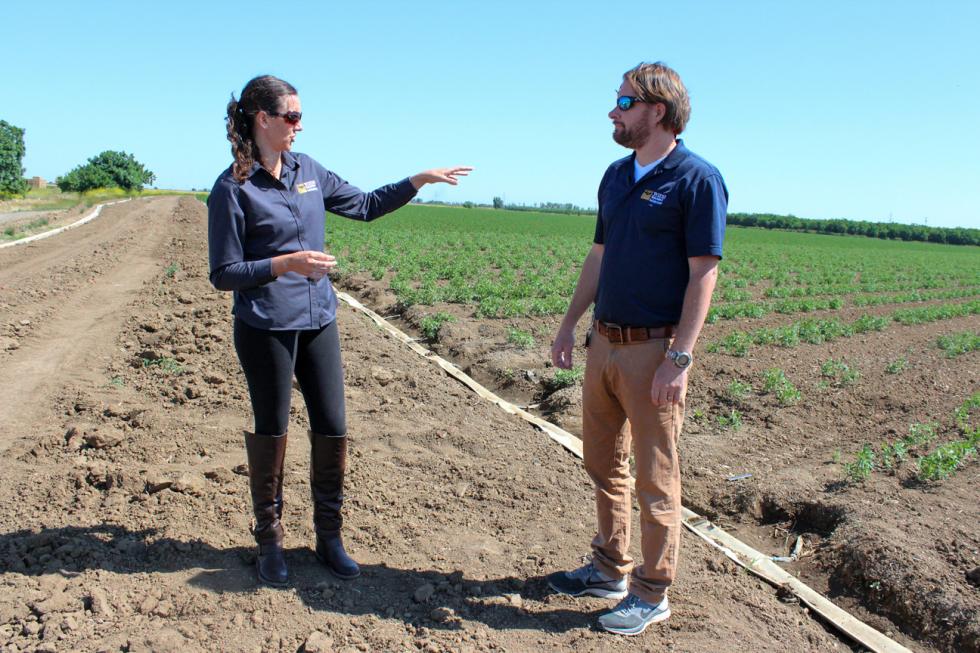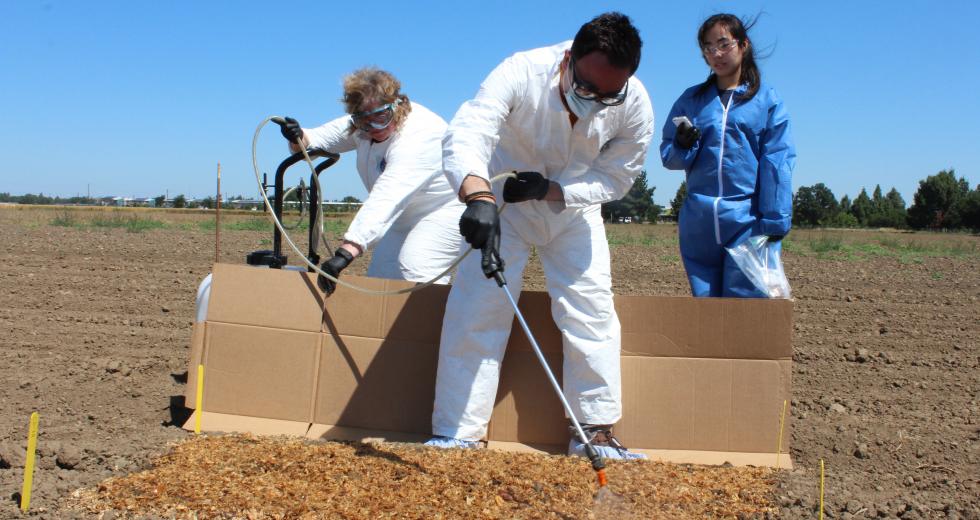Within the past year alone, dozens of foodborne disease outbreaks have impacted the U.S. food supply, implicating all sorts of ingredients. Contaminated cucumbers have been blamed, along with tomatoes, cilantro, pork, turkey, tuna and raw milk. Cases have also occurred at the food-service level, often because employees failed to wash their hands.
When two or more people get ill from the same contaminated food or drink, that’s an outbreak. The most notorious recent outbreak involved two separate incidents at Chipotle restaurants in late 2015 that infected 60 customers in 14 states, sending 21 people to the hospital. The exact culprit remains unknown. Dr. Michele Jay-Russell, of the UC Davis Western Center for Food Safety, has a theory though: The outbreaks, she says, appear to reflect a “high-level lack of leadership in food safety,” meaning the company didn’t have adequate ingredient-sourcing measures in place. They couldn’t pinpoint the bad ingredient because of bad recordkeeping.
Yet something interesting occurred: While Chipotle’s investors grew anxious and overall sales declined as the company briefly closed 43 of its roughly 2,000 restaurants, teen and young-adult customers didn’t seem to care, according to The NPD Group, which tracks consumer spending. Chipotle cultivates especially strong loyalty among these customers — who comprise the largest share of their overall traffic. Lack of awareness could also explain “their willingness to overlook” the outbreaks. The report states that “if consumers aren’t exposed to news about a food safety outbreak, they have little awareness or concern.”
Pathogenic bacteria, viruses, parasites and toxins can all cause foodborne diseases, and every year, 128,000 Americans are hospitalized and 3,000 people die as a result, according to the U.S. Centers for Disease Control. And foodborne illnesses cost the nation an estimated $77 billion annually. But we are largely ignorant to the behind-the-scenes work of researchers — like Jay-Russell — who do the science that informs the rules farms, ranches, processing and packing plants, restaurants and grocery stores must follow so our food won’t make us sick.
UC Davis Researcher on the Case
A research microbiologist, Jay-Russell serves as manager of the UC Davis WCSF. She has worked for the university for eight years, although her time there goes back much further. “I must have really liked Davis because I got four degrees from here,” says the Detroit-native. Her current research involves spraying harmless strains of E. coli on raw manure fertilizing crops to test how long the bacteria survives in the soil and how much gets onto the produce harvested months later.
Dr. Michele Jay-Russell oversees a raw manure experiment at UC
Davis.

In 2006, a large E. coli outbreak associated with contaminated baby spinach sickened 205 people and resulted in three deaths nationwide. In response, the U.S. Food and Drug Administration buckled down on food safety — the FDA and USDA jointly funds Jay-Russell’s raw manure experiment. “It’s expensive to buy treated manure and it’s really convenient to get your neighbor’s [raw] manure,” she explains. But it may not be the best practice.
Currently, the U.S. Department of Agriculture allows organic farmers to wait only four months between the application of manure and harvest of crops. “This standard is not based on any science, just on what’s convenient for farmers because it’s about four months between [crop] cycles,” Jay-Russell says. But the FDA’s Food Safety Modernization Act, signed into law by President Barack Obama in 2011 (and considered the most sweeping reforms to food-safety laws in the last 70 years), proposes nine months. Organic farmers are left confused: Two different government entities are telling them two different things.
Jay-Russell’s team is applying E. coli to different animal manures — goat, horse, steer and chicken — then performing tests to determine the die-off rates. “It’s very important for farmers to use fertilizer, so we want to see if it survives,” says researcher Peiman Aminabadi in May as he applies E. coli to a cantaloupe test field near campus.
UC Davis researchers Melissa Partyka (left) and Ronald Bond study
the food-safety implications of sediment basins.

Jay-Russell’s team’s first field trial involved tomatoes and occurred from 2013-15 during California’s historic drought; the E. coli died off within 60 days. The team soon found that bacteria still lived in the soil and had gone dormant; a heavy spring rain allowed it to grow back. After the rain stopped, the bacteria died off again within 60 days. But there are so many variables at play with this research. “My feeling is 120 days is not going to be enough,” Jay-Russell says, referencing the four-month interval currently used.
When it comes to agriculture, manure type isn’t the only cause for concern. There’s also water (among many other factors). Ronald Bond and Melissa Partyka, researchers with the UC Davis Western Institute for Food Safety and Security, are examining the food-safety implications of sediment basins, which capture water runoff from farms to later be re-applied to fields; specifically, how long it takes microbial levels in the water to drop. They also help growers adapt to new requirements for water testing under the Food Safety Modernization Act — how to sample, where to sample, when to sample. “We’re empowering them so that it doesn’t have to be scary,” Partyka says.
No Such Thing as No Risk
Every year, 48 million Americans — or one in six — get sick from foodborne illnesses. When outbreaks happen, they can be limited to one place or can spread across several states. They can occur from contaminated beef from a huge feedlot, as well as from a small grass-fed operation. Outbreaks can result from eating food served in high-end restaurants and in your grandmother’s kitchen.
Every step of the supply chain — from the farmer or rancher, to the processor or slaughter house, packager and distributor, to the retailer — can pose a risk to our safety, including the consumer, according to Jay-Russell. “We’re throwing things into juicers that never used to be raw — beets, kale.” When something is raw, there’s a greater chance it harbors harmful bacteria. People nowadays are worried more about pesticides than bacteria, she says.
That’s partially due to the fact that Americans have, for instance, pasteurized milk so long we forgot why we did so in the first place (to kill dangerous bacteria like E. coli, salmonella and listeria). And some of us have started drinking raw milk again. We also rely on a global food supply, in which different countries have different food-safety standards and inspection practices.
While our food supply is in good shape, Jay-Russell says, “There’s no such thing as no risk. We always use the term ‘risk reduction.’” Her job is to help reduce the chances that serious outbreaks — like what occurred at Chipotle restaurants across the country last year — affect American consumers.



